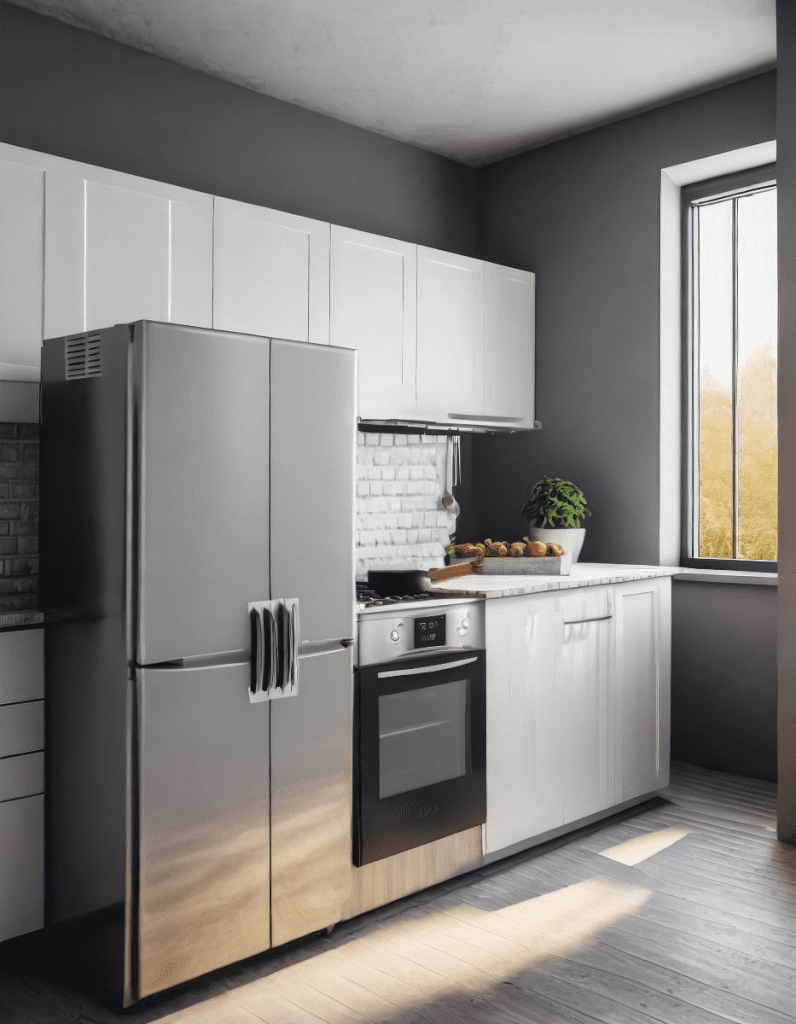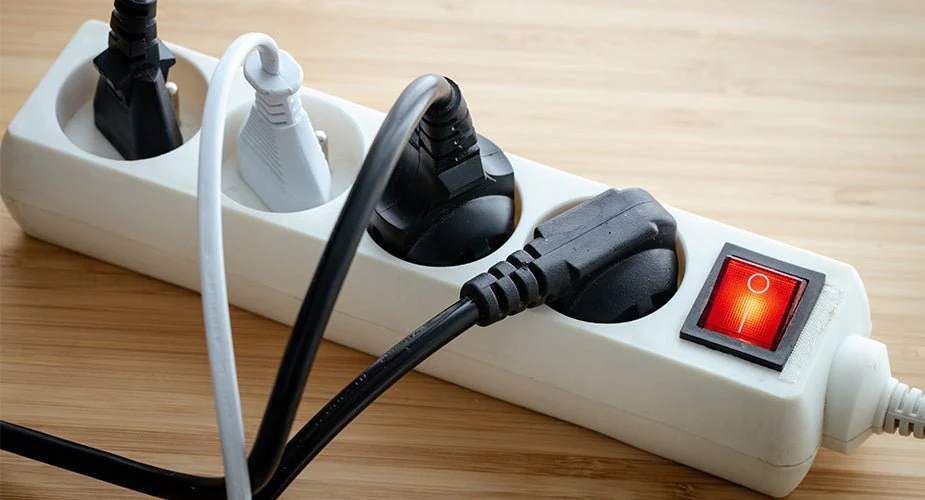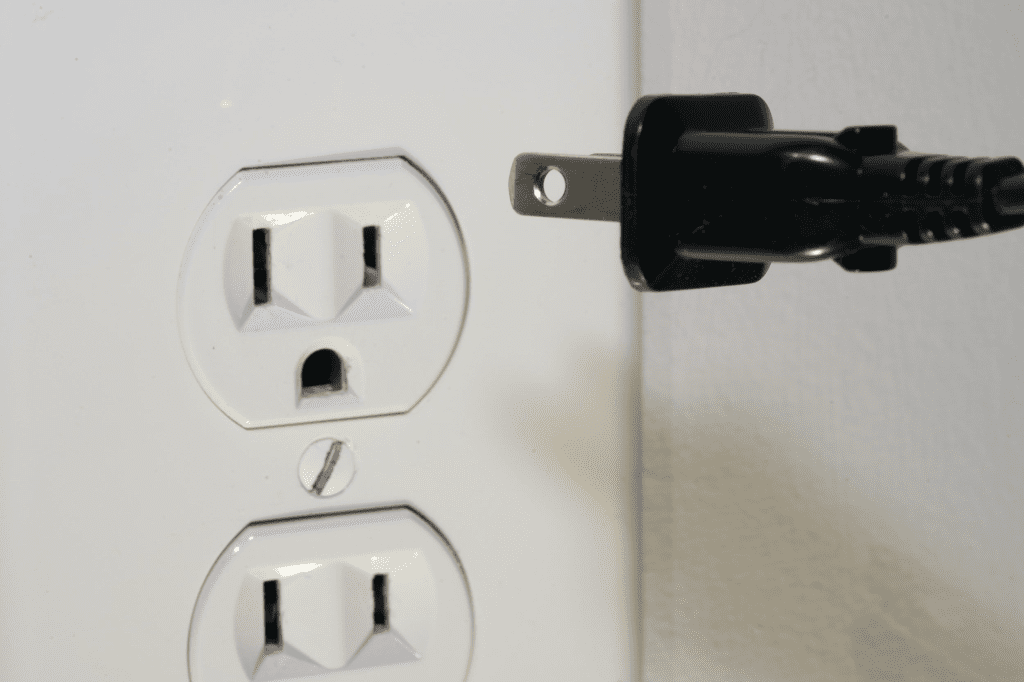With energy bills soaring and environmental consciousness on the rise, everyone’s looking for simple ways to cut down on electricity usage. One tip you’ve probably heard before is to unplug appliances when they’re not in use. But does this really save energy, or is it just a myth? Let’s dive into the facts and find out how unplugging could impact your energy bill and the environment.
What is Phantom Load?

Before we jump to conclusions, let’s talk about phantom load, also known as standby power. This term refers to the electricity appliances and electronics consume even when they’re turned off but still plugged in. Sounds strange, right? But it’s true. Many gadgets are designed to draw power even when they’re idle, powering LED lights, maintaining memory, or staying ready to turn on quickly.
Here’s the kicker: phantom load can account for up to 10% of your household’s total energy use! That’s money going straight down the drain for appliances that aren’t even running.
Common Energy Vampires in Your Home
Not all devices are created equal when it comes to phantom load. Some are sneakier than others. Here are the most common culprits you should watch out for:
- Televisions and Entertainment Systems
Your TV, cable box, or sound system often stays in standby mode, ready for instant use. This convenience comes with a cost: constant energy consumption. - Chargers and Adapters
Ever leave your phone charger plugged in with no device attached? That little adapter is still drawing power, even when it’s not charging anything. - Kitchen Appliances
Microwaves, coffee makers, and toasters with digital displays or clocks quietly sip electricity around the clock. - Computers and Networking Equipment
Laptops, printers, and Wi-Fi routers might be idle, but they’re still draining energy to maintain connections or power indicator lights. - Video Game Consoles
With features like “instant on” modes, gaming systems are among the worst offenders for phantom energy usage.
How Much Can You Save by Unplugging?
Does unplugging appliances actually lead to savings? The short answer is yes, though the amount varies. Here’s how unplugging impacts your energy usage:
1. Reducing Electricity Consumption
Unplugging devices eliminates phantom load, which means your appliances won’t draw any unnecessary power. Even small savings from individual gadgets can add up over time.
2. Lowering Your Energy Bills
Cutting phantom load could shave a few dollars off your electricity bill every month. While it might not sound like much, over a year, the savings become noticeable—especially if you have multiple devices.
3. Extending Appliance Lifespan
Unplugging protects electronics from power surges, which can wear them out prematurely. Fewer surges mean your devices last longer, saving you money on replacements.
4. Enhancing Home Safety
Reducing standby power also decreases the risk of electrical fires caused by faulty wiring or overheating appliances left plugged in.
Measuring Phantom Load in Your Home

Curious about how much energy your appliances are wasting? You can use a device called an electricity usage monitor to measure it. Plug your appliance into the monitor, and it will show you the power draw when the device is off or in standby mode. Once you see those numbers, you’ll know exactly where to focus your unplugging efforts.
Practical Tips for Unplugging Appliances
Unplugging every single device might feel like a hassle, but don’t worry—there are easy ways to make it manageable. Try these tips:
1. Use Power Strips
Power strips let you control multiple devices with one switch. Plug your entertainment system or computer setup into a strip, and turn it off with a single click when not in use.
2. Be Mindful of Chargers
Unplug chargers once your phone, laptop, or tablet is fully charged. Leaving them plugged in overnight isn’t just wasteful—it can also wear out your device’s battery.
3. Unplug Infrequently Used Appliances
Do you really need your blender or toaster plugged in 24/7? Keep them unplugged until you’re ready to use them.
4. Invest in Smart Plugs
Smart plugs are a modern solution that can automatically cut power to devices when they’re not in use. Some even let you control outlets remotely via smartphone apps.
Is Unplugging Worth the Effort?

Let’s be real: unplugging appliances won’t magically cut your energy bill in half. But it’s a step in the right direction, both for your wallet and the planet. Small changes like this can encourage a more mindful approach to energy use. Think of it as part of a larger effort to build a sustainable lifestyle.
Plus, as more households adopt this habit, the collective impact grows. Imagine if millions of people reduced their phantom load—those small individual savings could lead to massive energy reductions globally.
Conclusion
So, does unplugging appliances save electricity? The answer is a resounding yes! While the savings might not seem huge per device, they add up over time and contribute to lower electricity bills, a smaller carbon footprint, and even safer homes.
Unplugging is an easy habit to adopt, especially when paired with tools like power strips and smart plugs. It’s one of those small, everyday actions that help you take control of your energy usage while making a positive impact on the environment. So, the next time you finish binge-watching your favorite show or brewing your morning coffee, take a second to pull the plug—it’s worth it!


